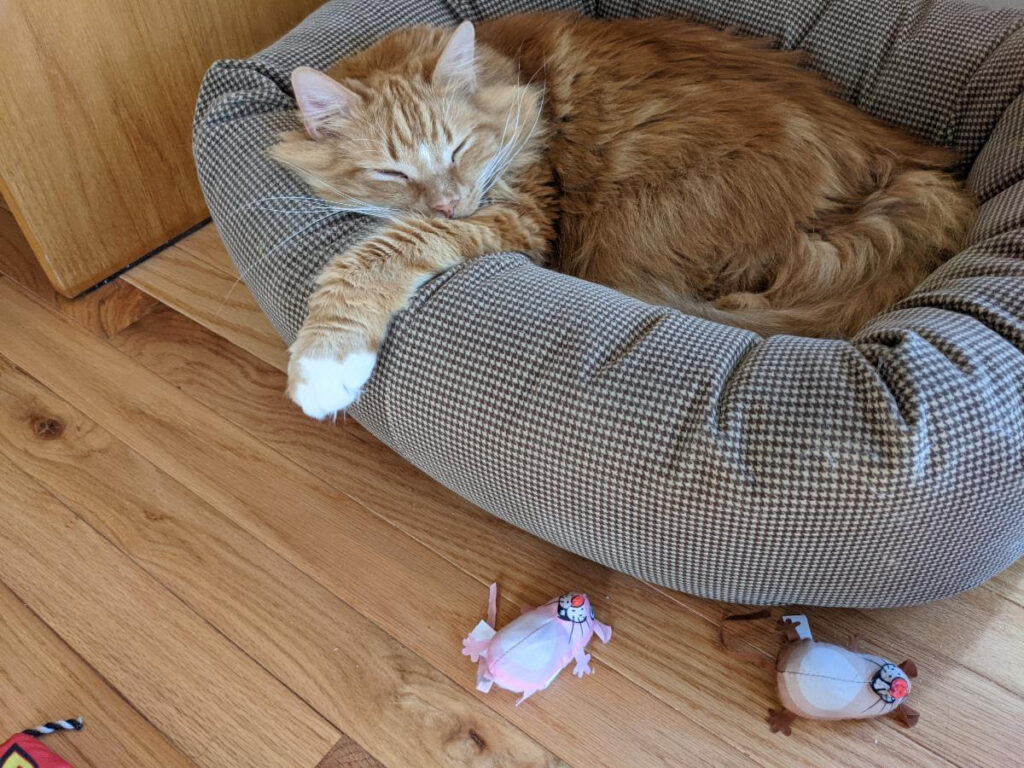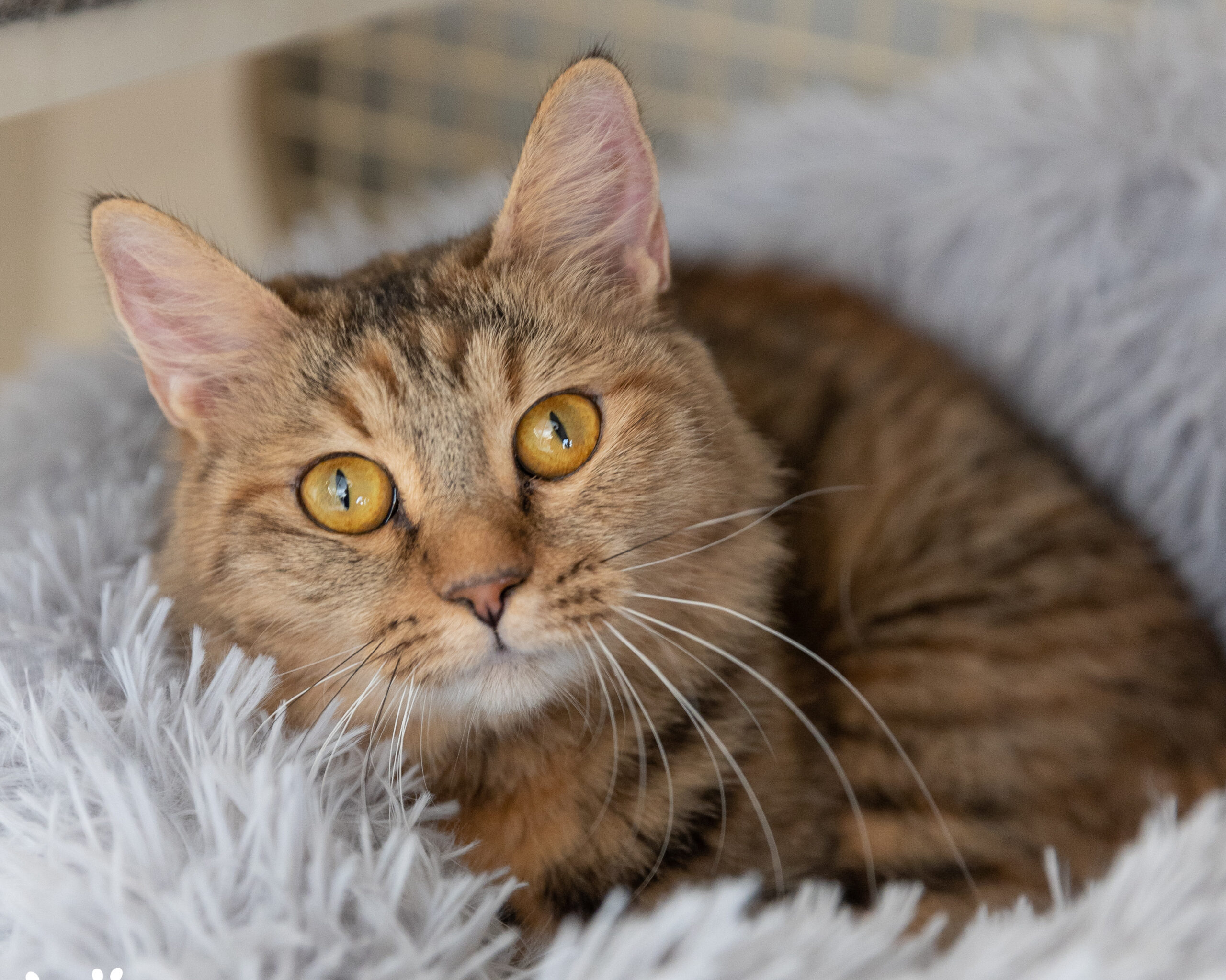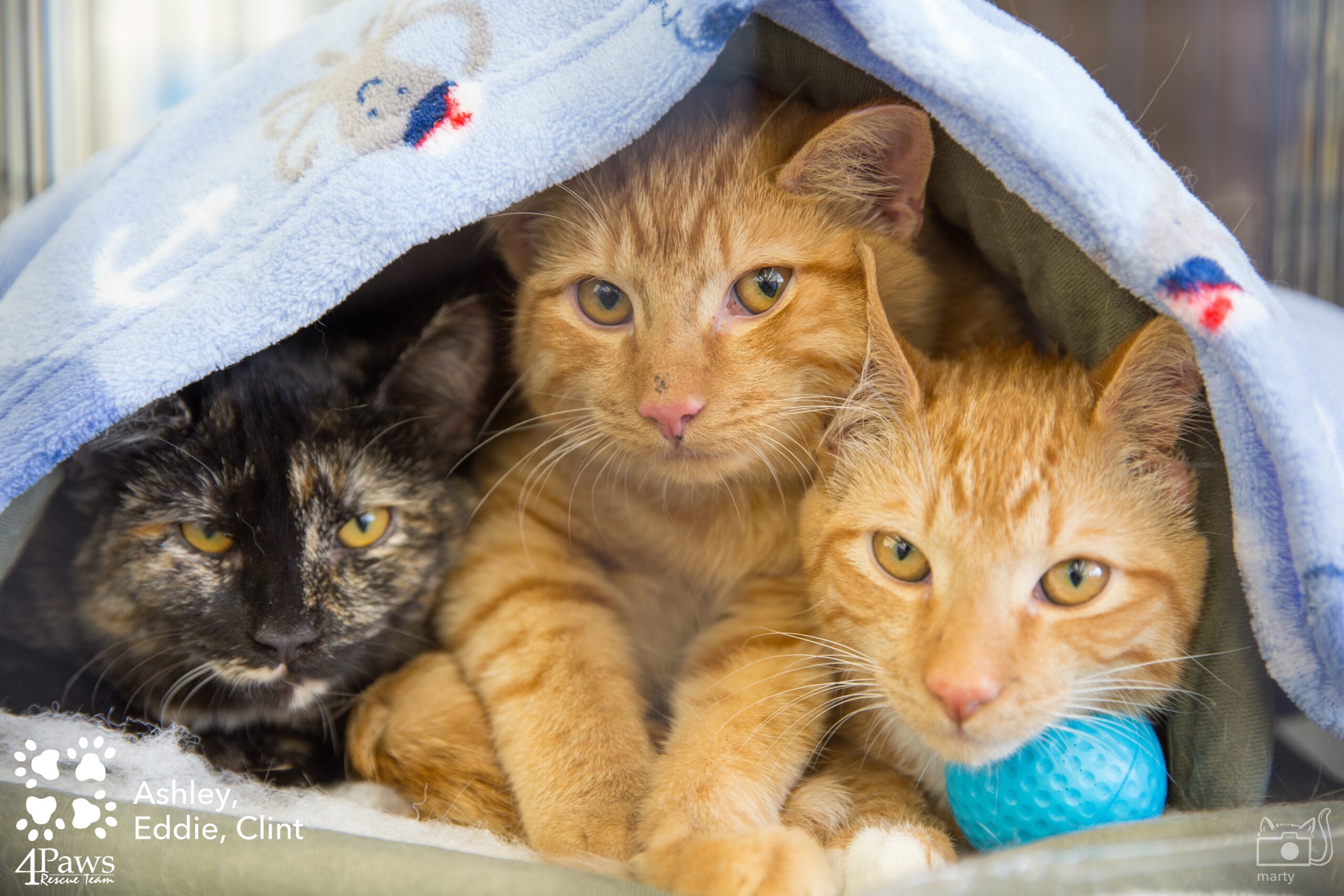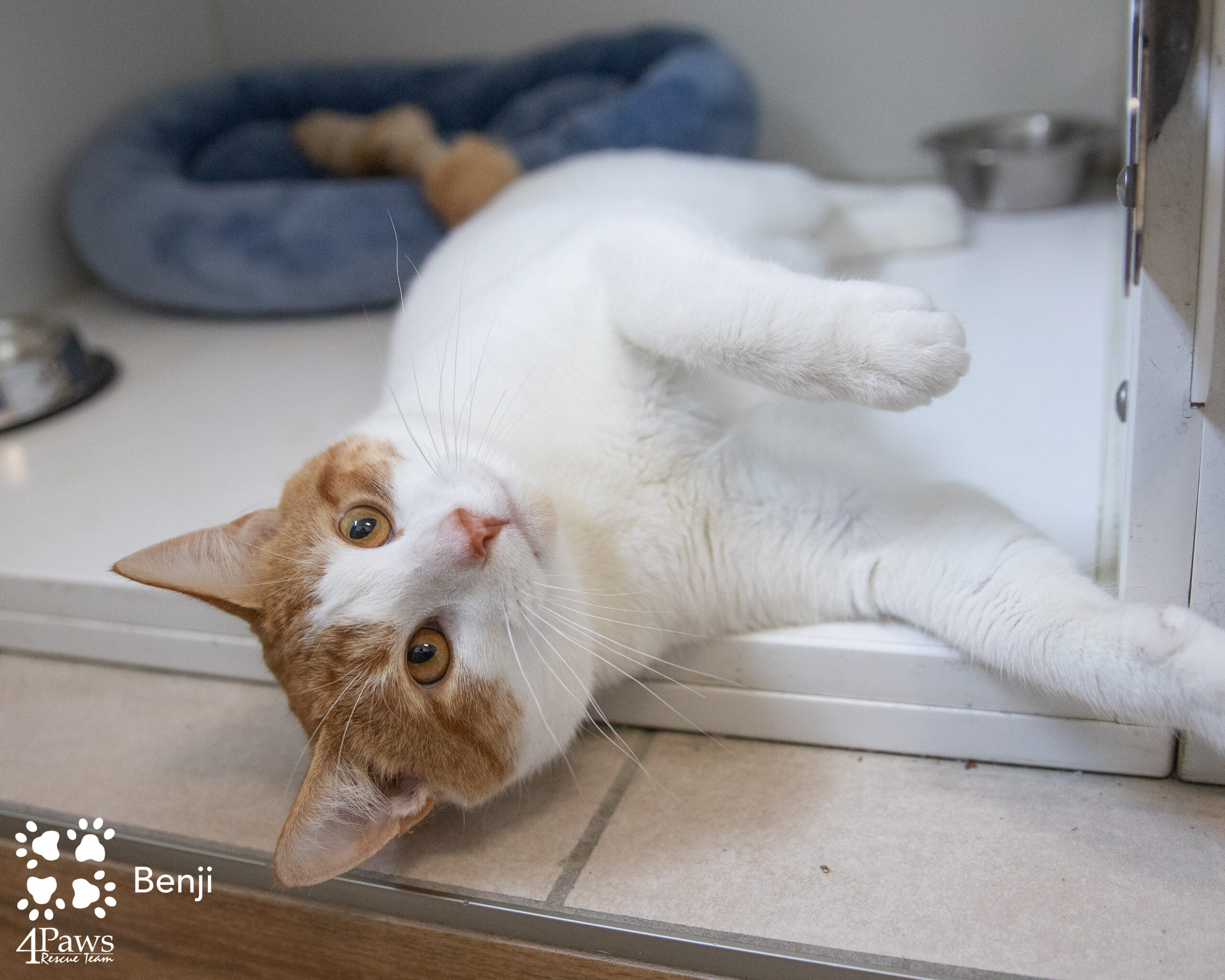Adopting a shy cat and helping your kitty blossom can be so rewarding. But it will require patience, understanding, and a willingness to accept your new cat even if she never becomes a lap cat or major cuddle bug. It may take a little longer for a shy cat to get comfortable, but there are things you can do to help your shy kitty feel more comfortable.
1) Set a routine: An uncertain cat feels more settled when she knows what to expect and when.
2) Find common ground: Take some time to learn what activities your new feline friend prefers. Does your kitty respond well to being brushed? Love snacks? Always play with wand toys? Use these distractions to encourage and reward interaction.
3) Respect personal space: Forcing a cat to endure cuddling will only make things worse. Start out by simply sharing the space without interaction. Sit in the same room and read, play quiet video games, or even watch TV.
4) The power of the slow blink: Slow blinking, commonly called “kitty kisses,” does help to soothe some cats, and you might even get your cat blinking back at you.
5) Try synthetic pheromones: FELIWAY spray or diffusers have been shown to help cats feel calmer and more comfortable by mimicking the natural feline reassuring messages.
6) Time: Cats often need time to acclimate to their new surroundings. When bringing a new cat home, it is important to remember that your kitty is going to need time and assistance to feel comfortable in their new environment. Spend time each day visiting with your cat. There is no magical amount of time that will work with every cat. You might choose to spend one longer chunk of time in the room or divide it up into several shorter visits. Be sure that you are speaking softly and moving slowly when in the room.
7) A quiet place: Provide a small, quiet place for your cat to get acclimated, such as a spare bedroom or bathroom. Ideally, the room will be equipped with windows for natural light. This will allow your cat to express natural behavior while in the room. Make sure your cat has access to water and a litter box at all times. Scatter some enticing kitty toys throughout the room, such as a catnip mouse and a ball to bat around.
8) Offer your new cat a cozy place to hide: This could be a hut-type cat bed purchased from a pet store, a cardboard box with an opening cut in the side and bedding placed inside (keep the top flaps closed but don’t seal them), or a plastic shelving unit with bedding on one of the higher shelves and a towel or blanket draped over the front. Use what works for your home. Put your cat’s hiding place somewhere that is easily accessible by you and your cat, but that is mostly out of view.
9) Feeding time: If your cat is very fearful, offer canned food several times a day and remain in the room while she eats. This will help create a bond and help your cat learn to trust you. In the beginning, spoon-feeding your cat in their hiding place may be the best option. If your kitty won’t eat from the spoon, place the food as close as you can to the cat and simply sit at the farthest point in the room.
10) Invite your cat to play: You might be surprised how many fearful cats spring to life when invited to play. Interactive toys are a great way to bond with your new cat and help your kitty feel more comfortable. Wand toys are the obvious choice. Wiggle the toy back and forth across the floor or base of your cat’s hiding spot.
The Story of Pom Pom
I adopted Pom Pom almost 10 years ago from 4Paws. He was kept in our sunroom until he was comfortable in our home and with our other cats. For almost 3 weeks he hid under a table or couch and would only venture out to eat, drink or use the litter box. I could only touch his head. He didn’t allow me to pick him up or give him pets. I spent hours speaking softly with him. I sat in front of his hiding place for hours. He slowly responded to the slow blink technique and liked his wand toy.

After 3 weeks, he was allowed to spend time with my other cats and ate with them in the kitchen. One day, he wanted to be picked up and held. He even put his head on my shoulder. After all this time, he is still shy around strangers. but he still responds to the slow blink. He’s also very outspoken at mealtime. He’s a wonderful, loving kitty! Even cats who are shy or cautious can build confidence after a time in a loving, patient home. Patience is the key.




